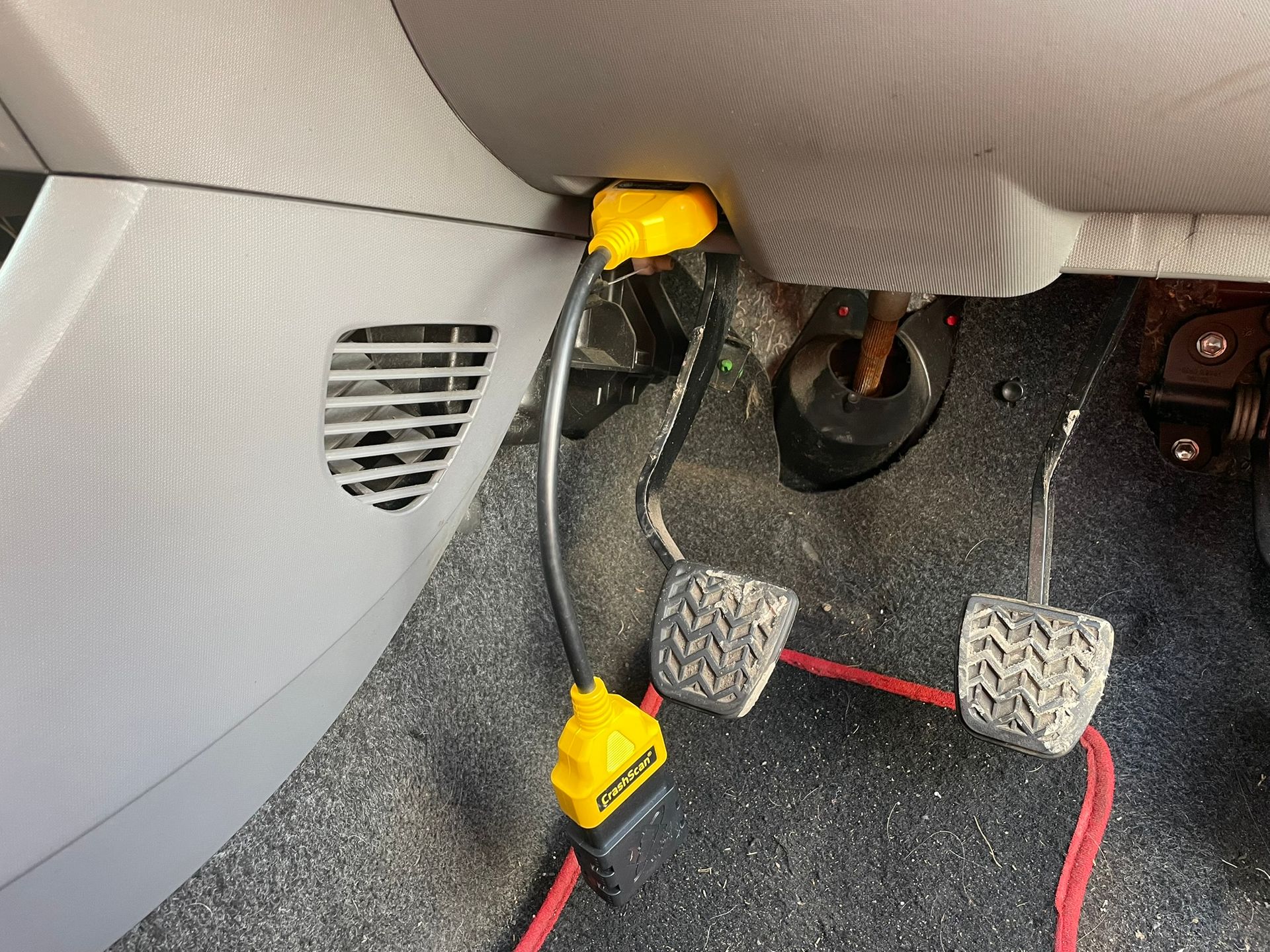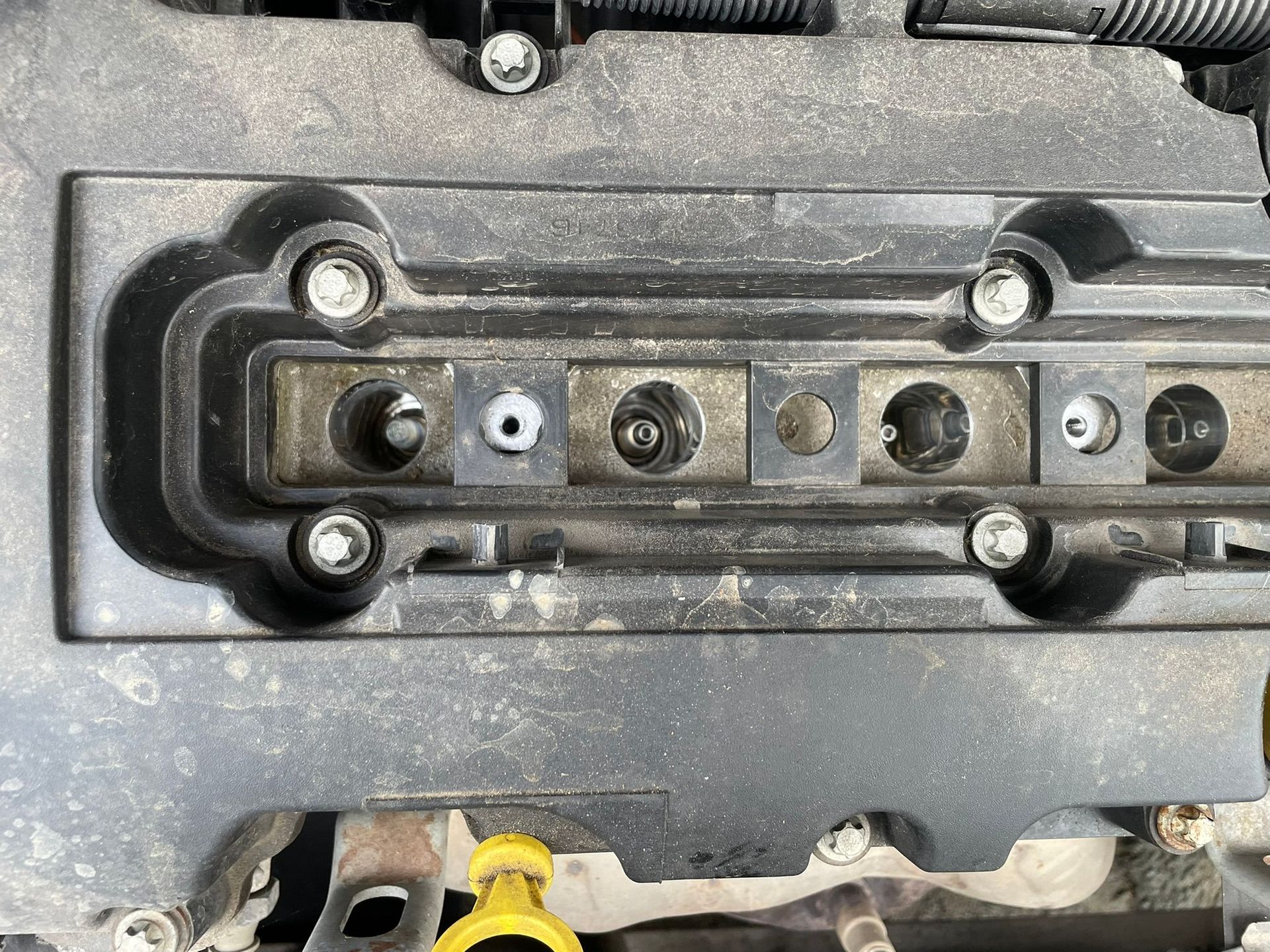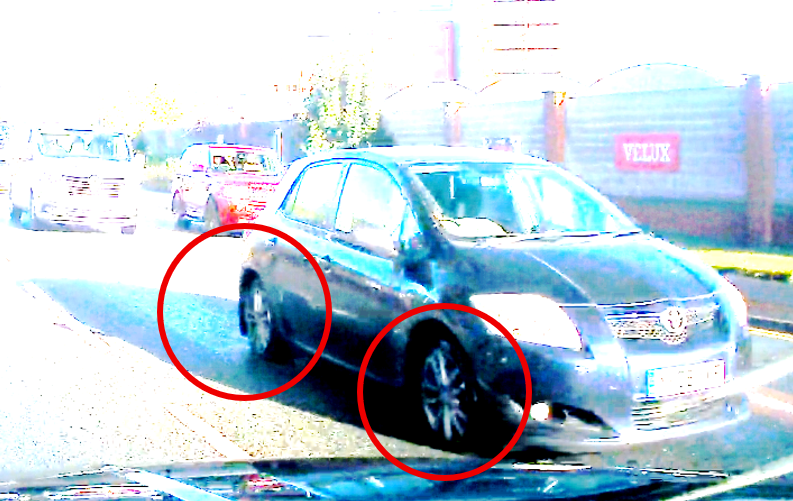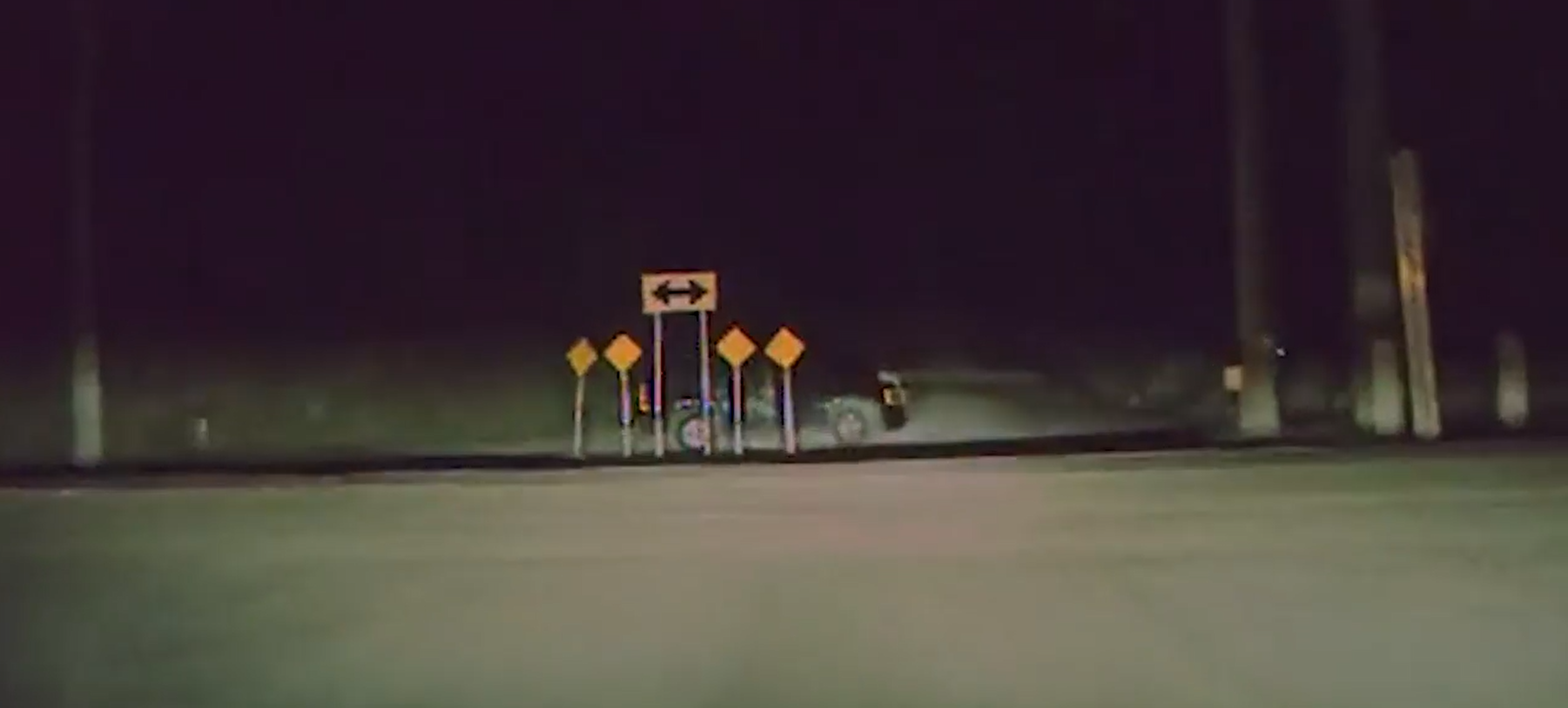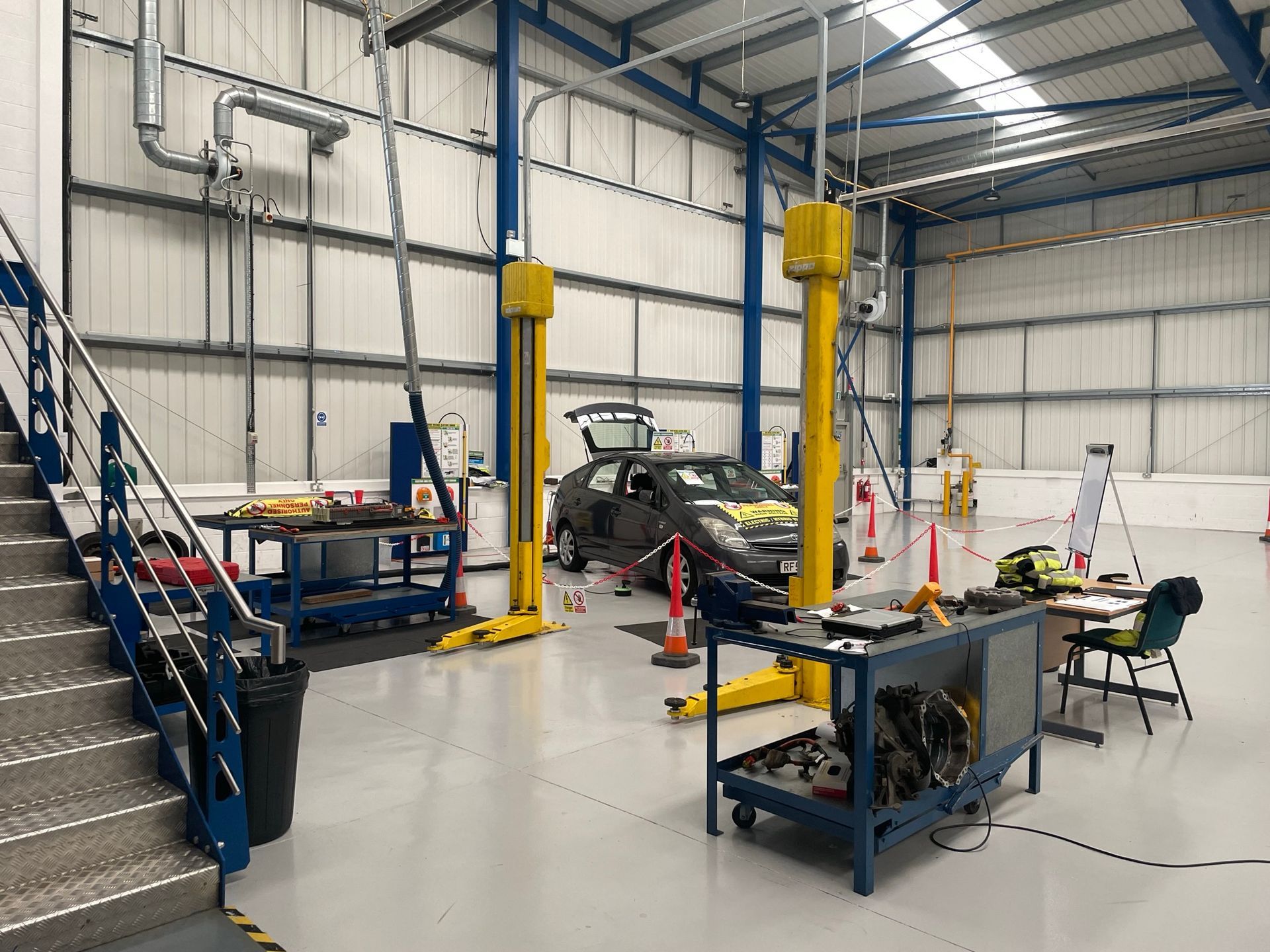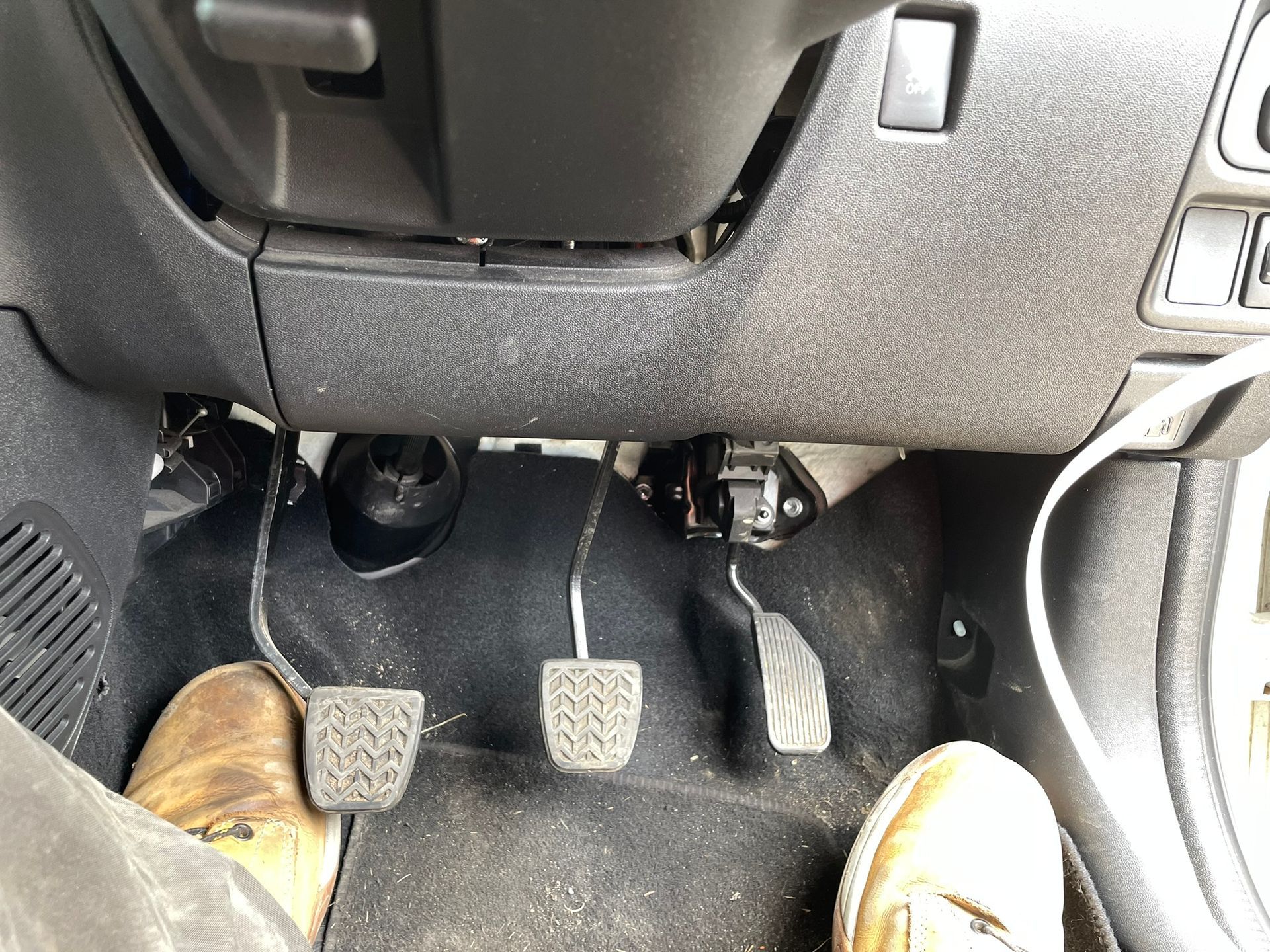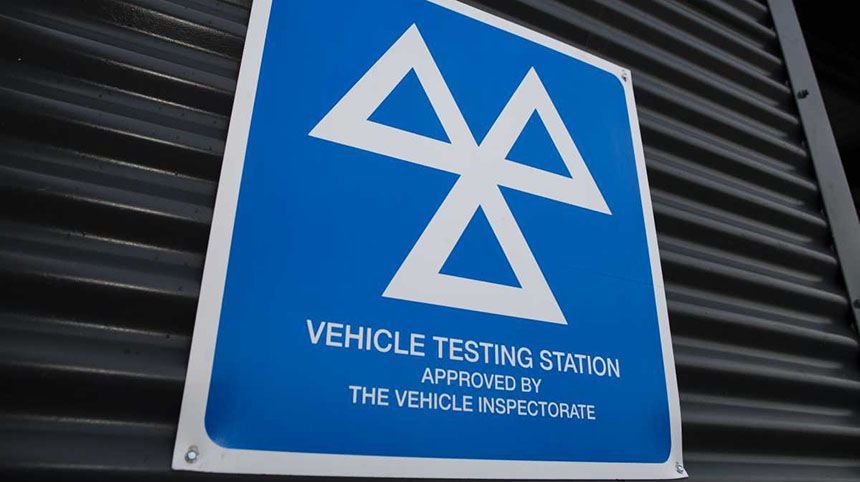Your car is hiding faults from you
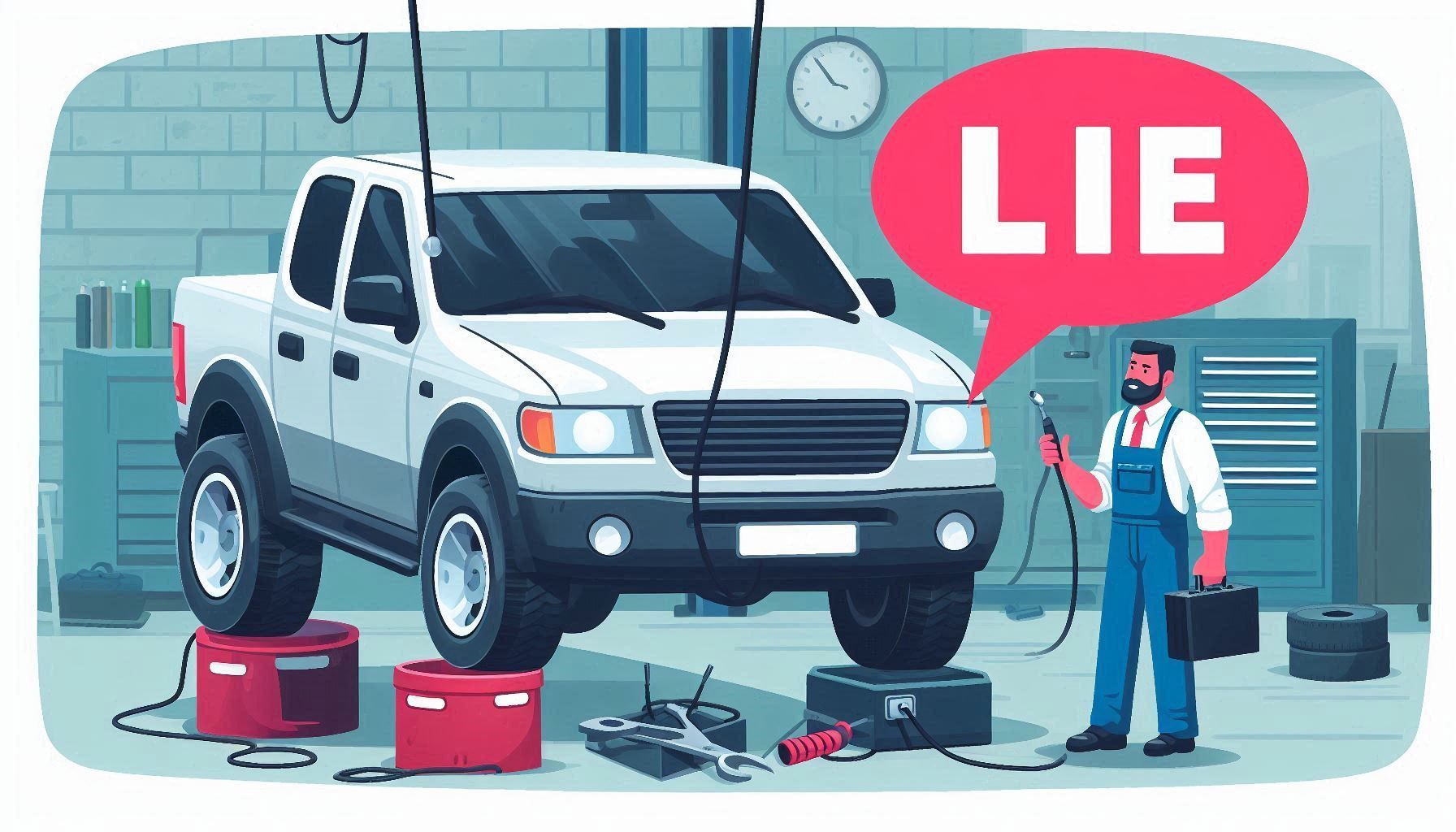
Just because your car has recognised it has a fault, it doesn’t always mean a fault light will illuminate. Sometimes, your car waits for multiple faults of the same type before bringing a fault light or warning message on.
Where a fault is detected on a single occasion and it immediately brings a light or warning message on, it follows a one-trip fault logic (also known as one-trip detection logic). This logic is used in safety critical systems as well as those seriously affecting a vehicles emissions.
But there are other systems which follow a two-trip (or more) fault logic, where it requires the fault to be detected on multiple occasions before bringing a warning light or message on. These include non-critical emissions faults or minor faults on the engine or other systems which do not affect safety.
Why is this relevant to collision investigation? Many people wrongly assume that if there are no lights on the dashboard, there must be no faults on the vehicle, but as we have seen, that’s not always true. This raises two items to consider.
The first is that in order to understand the health of a vehicle, it needs to be physically inspected, but the fault memory also has to be checked. As most safety critical and serious emissions issues will illuminate a light, but the only way to know whether there are any relevant faults stored which have not illuminated a light, is by looking.
The second, and probably more important, is that where a vehicle records faults (even those which do not cause lights or warning messages to be illuminated) they also have the potential to store freeze frame data. You will be sick of me talking about freeze frame data, but it has the potential to tell you what the car experienced or thought it was doing around the time the fault occurred, which may or may not be relevant to the collision being investigated.
Next time you are considering whether a vehicle is free from defect or not, remember you need to consider any fault codes stored in a vehicles fault memory.


